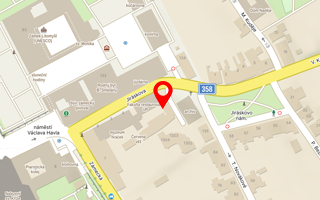Publikace detail
Pore Structure of Historic and Repair Roman Cement Mortars to Establish their Compatibility
Autoři:
Tišlová Renata | Klisinska-Kopacz Anna | Adamski Grzegorz | Kozlowski Roman
Rok: 2010
Druh publikace: článek v odborném periodiku
Název zdroje: Journal of Cultural Heritage
Název nakladatele: Elsevier France
Místo vydání: Paříž
Strana od-do: 404-410
